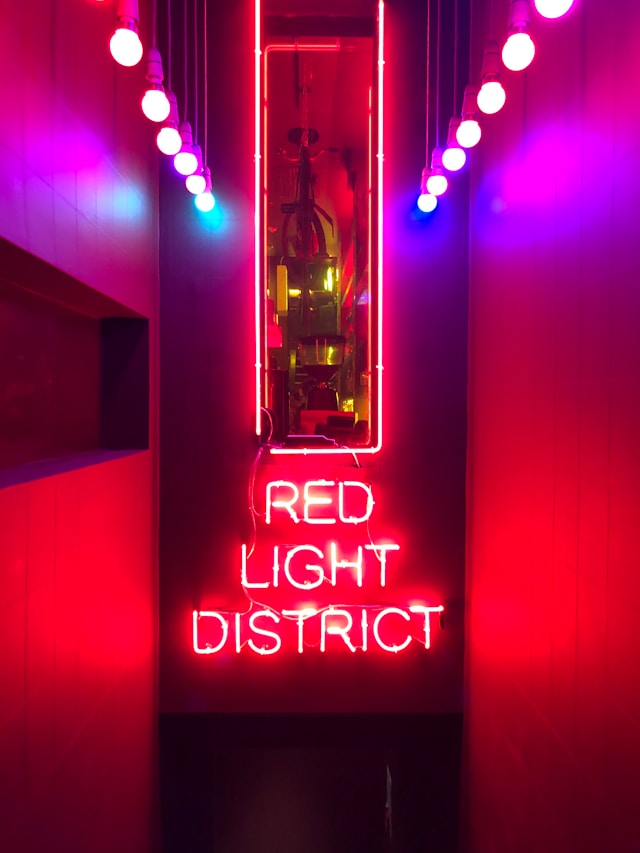
Discovering the Unspoken Side of Osaka: My Experience in Tobita Shinchi
When most tourists think of Osaka, images of neon lights, bustling streets, and delicious street food come to mind. But tucked away in a quiet corner of the city is Tobita Shinchi, an area that offers a window into a side of Japan that is rarely seen by the average visitor.
As someone fascinated by Japan’s rich cultural layers, I decided to take a stroll through Tobita Shinchi, a district steeped in history and surrounded by a sense of intrigue. Though it’s not your typical tourist hotspot, this area provides a unique glimpse into Osaka’s past and the evolving nature of Japan’s red-light districts.
A Historical Overview of Tobita Shinchi
Established during the Taishō period (1912-1926), Tobita Shinchi became one of the largest licensed pleasure quarters in Osaka. The district was originally set up to manage and regulate prostitution, providing an organized and controlled environment for such activities. Fast forward to modern-day Japan, and Tobita Shinchi remains a district where things are not as they seem.
Despite post-war legislation against prostitution, many businesses in the area have adapted to the law, operating under the guise of “traditional Japanese-style restaurants” or ryōtei. The buildings themselves look unassuming, with their lanterns and understated architecture, but they hide the district’s fascinating and complex history.
What It’s Like Walking Through Tobita Shinchi Today
As you walk through the area, it’s easy to feel a sense of contrast between the traditional and the modern. The neon lights and signs, written in kanji characters, glow softly against the backdrop of narrow alleyways. The area isn’t crowded with tourists, but you might spot a few curious locals or visitors wandering through.
What’s most striking is the privacy and respect with which the workers and customers interact. Women sit behind low wooden tables in plain view, their presence marked by a calm and composed demeanor, while the rest of the district operates quietly. The atmosphere is far from what you might imagine from a traditional red-light district; it’s a blend of tradition, quiet elegance, and a sense of stillness.
Cultural Context: Slipping Under the Radar of Modern Japan
One of the most intriguing aspects of Tobita Shinchi is how it continues to exist in Japan’s modern social landscape. Japan’s complex relationship with red-light districts, such as the Yūkaku (pleasure quarters), means that areas like Tobita Shinchi are often in the shadows of society. However, they also serve as a reminder of a time when such districts were fully recognized and integrated into the urban fabric.
For someone like me, unfamiliar with this part of Japanese culture, walking through the district felt like stepping into a place where past and present coexist in a delicate balance. The district continues to reflect a different side of Osaka’s history, untouched by the modernization and commercialization that has transformed other parts of the city.
What to Expect When Visiting Tobita Shinchi
If you find yourself near Dobutsuen-mae Station or Shin-Imamiya Station, a quick walk can bring you to Tobita Shinchi. It’s not your typical tourist area, so don’t expect big, flashy signs or crowded streets. Instead, you’ll find narrow lanes with small, quaint establishments that keep a low profile.
It’s important to note that while Tobita Shinchi isn’t illegal, it’s often off-limits for photographs. The privacy of those involved in the area’s operations is highly respected. If you visit, approach the area with respect and an open mind, understanding that it’s part of Japan’s cultural history.
Should You Visit Tobita Shinchi?
Tobita Shinchi isn’t for everyone. If you’re looking for typical sightseeing experiences like temples, gardens, or museums, this isn’t the place for you. However, if you’re interested in Japan’s hidden histories and would like to experience a unique aspect of the country’s culture, then Tobita Shinchi is worth a visit.
It’s not a district meant to be visited lightly, and you should be aware of its sensitive nature. Visitors are encouraged to explore with respect, acknowledging the cultural complexities that make this district so significant.
Nearby Attractions to Explore After Your Visit
After visiting Tobita Shinchi, you can explore nearby attractions that offer a more traditional glimpse of Osaka:
- Tsutenkaku Tower – Just a short walk from Tobita Shinchi, this iconic tower offers panoramic views of the city.
- Shinsekai – A nostalgic area full of old-school charm, perfect for trying local dishes like kushikatsu (fried skewers).
- Tennoji Park – A peaceful park perfect for winding down after your visit to this unique district.
Conclusion
Tobita Shinchi is a fascinating place to visit if you’re curious about the layers of history that make Osaka such a unique and vibrant city. While it may not be a conventional tourist spot, it offers a glimpse into a part of Japanese culture that’s hidden in plain sight. Walking through its alleyways, I found myself thinking about the intersection of tradition and modernity in Japan—a place where the past quietly whispers to those willing to listen.

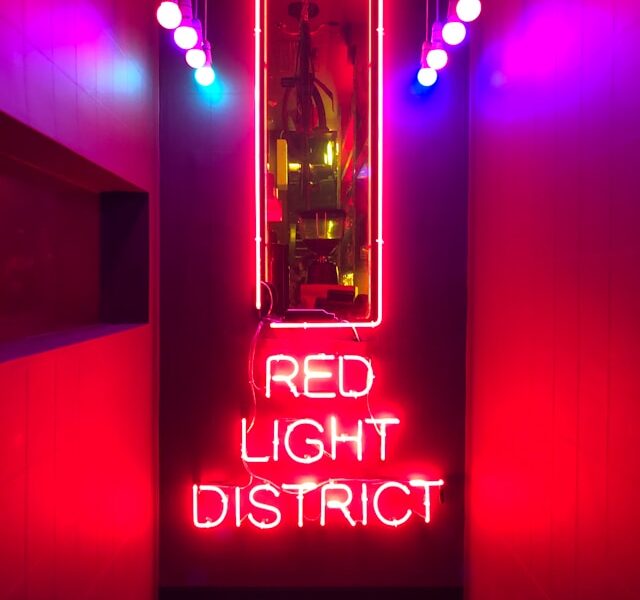
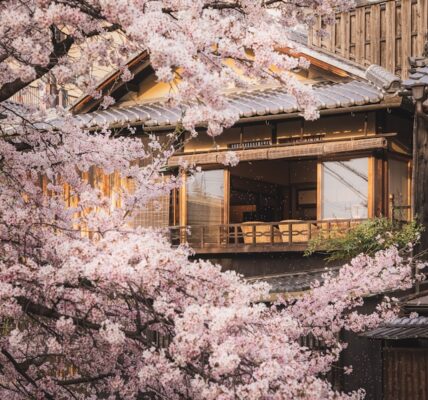
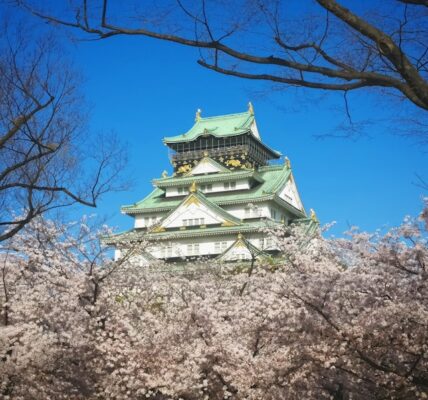
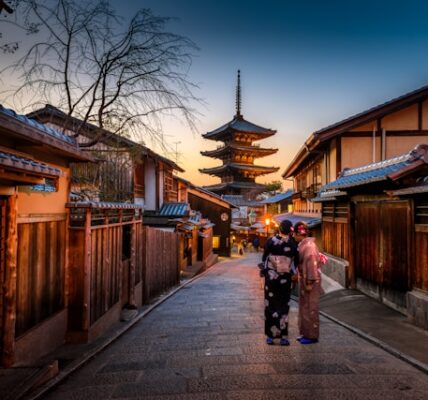
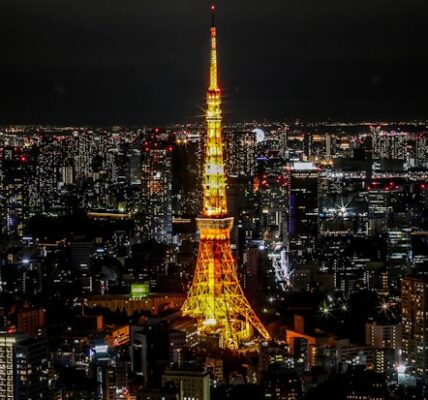
Visiting Tobita Shinchi offers a rare glimpse into a less conventional side of Japan. It’s a place where history and culture intertwine in unexpected ways, challenging typical tourist expectations. Exploring its streets feels like uncovering a hidden chapter of Osaka’s story. However, it requires a respectful and open-minded approach. Have you ever visited a place that completely redefined your understanding of a city’s culture?
That’s a great perspective! I agree, places like Tobita Shinchi can really give you a deeper and more unexpected understanding of a city’s culture. It’s fascinating how these hidden spots offer such a unique experience.